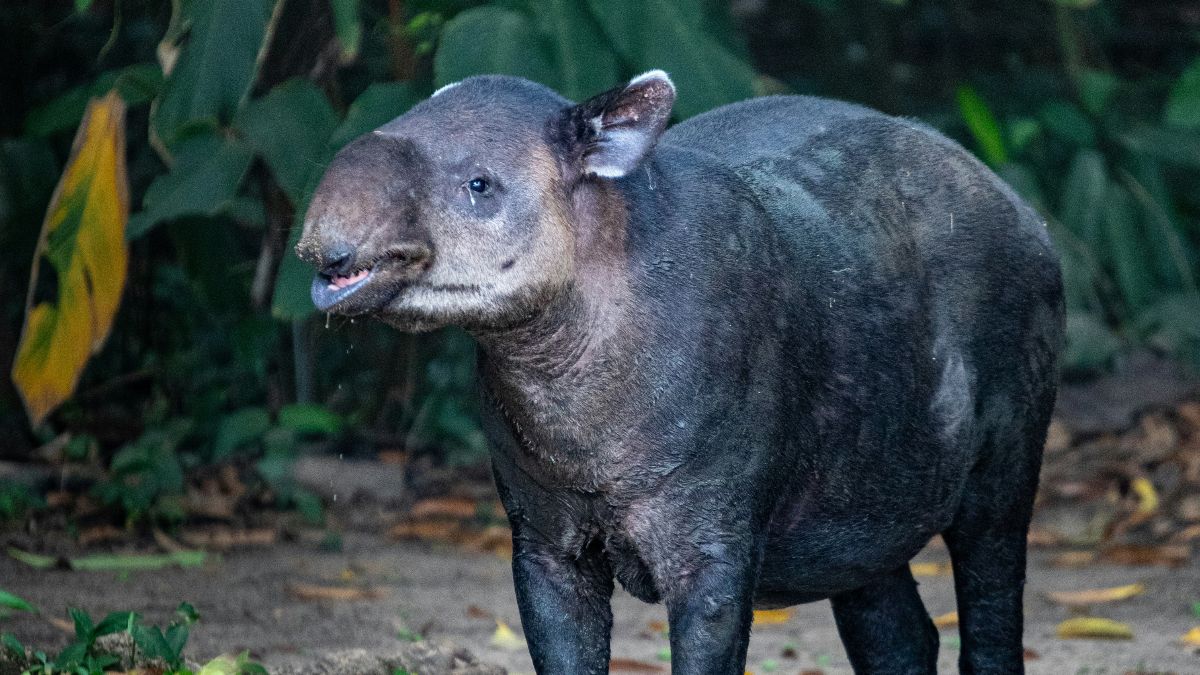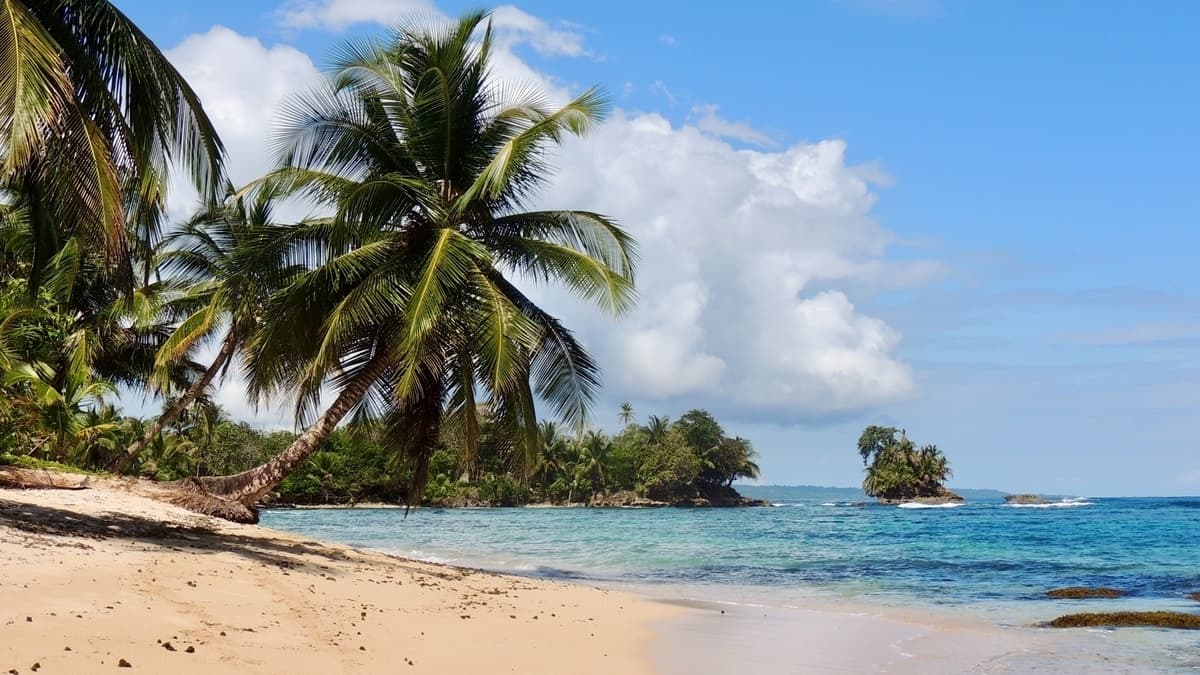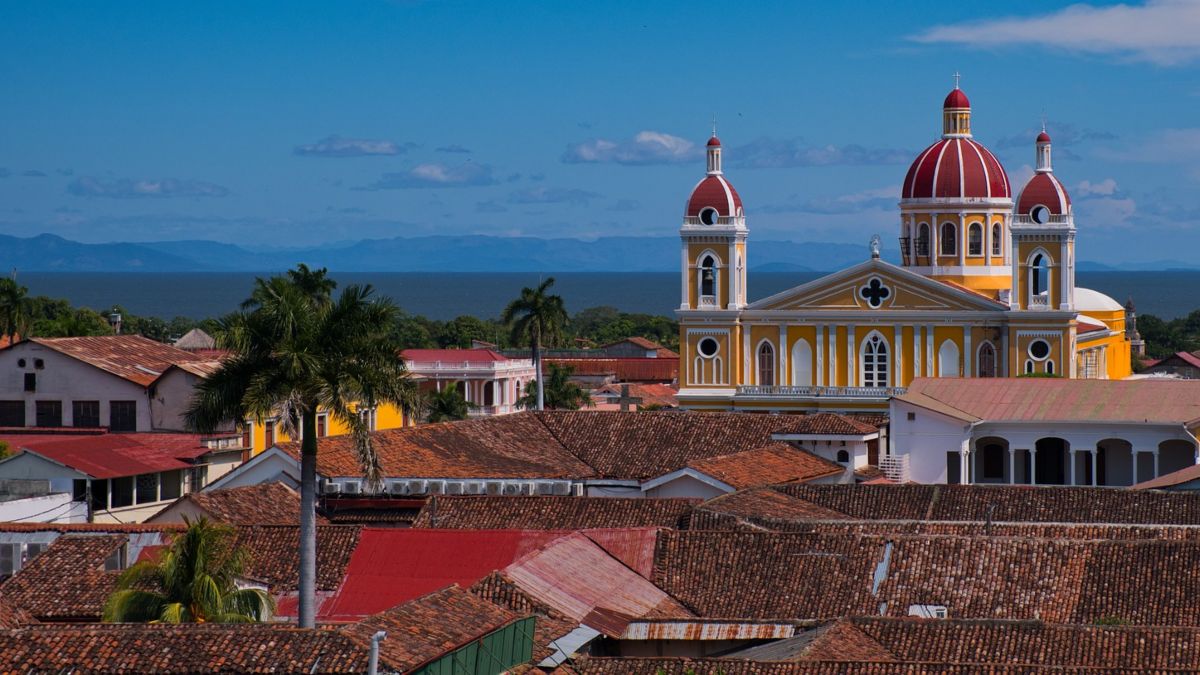The current Costa Rica tourism challenges feel acute right now as the high season ends with declining visitor numbers amid concerns over rising prices, global turbulence, and overall competitiveness.
As Costa Rica’s traditional December-April high season ends, the country’s vital tourism sector finds itself in a period of self-reflection after a difficult few months. The destination is now being described as “prohibitively expensive” for middle-class travelers, with visitor numbers declining for seven consecutive months despite growth in competing destinations.
The Numbers Tell a Story
March 2025 was the seventh consecutive month of declining tourist arrivals by air compared to the previous year, according to data from the Costa Rican Tourism Institute (ICT) and when the final numbers come in, April won’t be better. Tourist arrivals decreased by 3% compared to March 2024, with the most significant declines coming from European markets, where arrivals from the United Kingdom plummeted by 25.6%, Spain by 22.4%, and Germany by 15.3%.
The decline is part of a broader trend that began in September 2024 and has resulted in a 13.8% drop in overall arrivals between September and March – representing a loss of more than 250,000 tourists compared to the same period a year earlier.
This downward trajectory stands in contrast to the performance of regional competitors. As highlighted in a La Nación editorial yesterday, Costa Rica has lost its once-commanding lead in the region. In 2019, the country welcomed 3.1 million tourists, outperforming Jamaica (2.7 million) and Central American neighbors like El Salvador, Guatemala, and Panama (all with under 2 million). But by the close of 2024, El Salvador had surged to 3.2 million visitors, Guatemala reached 2.3 million, and Panama 2.1 million, while Costa Rica fell to 2.9 million.
From Perceived Value to Luxury Pricing
A recent GoBankingRates article published this week by Yahoo has generated a lot of attention in the Costa Rican press, who are reporting it and sharing it across their socials. The article categorizes Costa Rica as a “fading budget favorite,” saying that what was once perceived as offering good value has become increasingly expensive due to currency shifts and inflation.
According to a tourism professional cited in the article, the average price of a Costa Rican vacation (excluding flights) has jumped from approximately $5,500 in 2022 to $7,800 today. For a family of four including flights, it’s now difficult to vacation in the country for under $2,000, with many potential visitors shocked when they see the price and simply choosing to stay home or go elsewhere.
Other tourism pros agree. One operator said in an industry Facebook group that the country has deliberately pivoted toward luxury and ultra-luxury tourism, particularly in Guanacaste, a strategy that comes “with its advantages and disadvantages.”
Another said that “simple rooms now cost $300 per night,” traditional Costa Rican meals are “priced at luxury restaurant rates,” and a family must pay “over $800 to visit Corcovado National Park,” with children as young as five years old being charged adult rates.
Costa Rica Tourism Challenges: Multiple Factors at Play
While the strengthening colón (Costa Rica’s currency) features prominently in discussions about the tourism downturn, it’s just one of several factors contributing to the situation:
- Currency appreciation: The strong colón means foreign visitors’ dollars buy less, effectively increasing prices for international tourists.
- Security concerns: Rising homicide rates related to drug trafficking and travel advisories issued by the United States and Canada have impacted the country’s image.
- Infrastructure challenges: Poor road and airport infrastructure continues to cause delays and lengthy travel times.
- External economic factors: The trade policies of U.S. President Donald Trump and economic uncertainty in the United States, which provides 60% of Costa Rica’s visitors, have contributed to cautious travel spending.
- Pricing structures: High costs for hotels, restaurants, car rentals, tours, mandatory insurance, and various fees and commissions have made the destination increasingly expensive.
External Factors vs. Internal Issues
The government has consistently emphasized external factors to explain the tourism decline. According to Tourism Minister William Rodríguez, U.S. tourists are becoming more cautious about international travel due to economic uncertainty caused by President Trump’s trade policies, leading them to choose domestic destinations instead. For European visitors, he cites limited aircraft availability, competition from Asian destinations, and complications with seasonal airline operations.
Tourism industry representatives, however, point to internal issues they believe are more significant. The Chamber of Tourism (Canatur) and other groups maintain that the dollar’s exchange rate has a direct effect on visitation, making Costa Rica prohibitively expensive compared to competing destinations.
While the government insists Costa Rica attracts high-income tourists who aren’t affected by exchange rate fluctuations, the industry argues this perspective ignores market realities and the disappearance of middle-class visitors who previously formed a significant portion of the country’s tourism base.
Government-Industry Tension
The issue has exposed a growing rift between government officials and industry representatives. Rodríguez has downplayed concerns, suggesting businesses should simply “adjust their commercial strategy” to cope with currency challenges. He has primarily attributed visitor declines to reduced flights from key U.S. cities – a claim that industry professionals dispute, arguing that flight reductions are a consequence of declining demand, not the cause of it.
Talking to El Observador recently, Rodríguez acknowledged the economic impact on tourism businesses but maintained a firm position: “I don’t foresee any change in the exchange rate from now until May next year. What entrepreneurs have to do is adjust their commercial strategy.” He noted that 5-star hotels have already increased prices by 22% while 4-star establishments have raised rates by 19%.
When questioned whether all tourism companies (the majority of them small or micro-businesses) could easily adjust their strategies, the minister dismissed concerns about business failures, suggesting they simply need to “find their niche, where to operate.” He claimed the ministry has no information indicating high mortality rates among tourism businesses or that the low dollar exchange rate is “destroying the industry.”
Rodríguez has also predicted little chance of recovery in visitor numbers in the coming months. He cited multiple factors including limited aircraft availability, increased competition from Asian destinations, and complications with airlines that only operate to Costa Rica during high season. President Rodrigo Chaves has gone further, calling those warning about exchange rate effects “ridiculous,” despite mounting evidence of its impact on visitor numbers and business viability.
Calls for Action
With the high season ending on a concerning note, stakeholders from across the industry are calling for action. Tourism professionals have urged Costa Rica to “return to ethical, conscious, and sustainable tourism” where “the real luxury is connecting with nature, not price exploitation.” Many argue the country needs to recalibrate its approach to maintain accessibility for the responsible middle-class travelers who have traditionally sustained the industry, rather than focusing exclusively on ultra-wealthy visitors.
The Center for Tourism Studies (CET) has proposed specific measures focusing on both short and long-term recovery. Their recommendations include consolidating the country’s sustainability-focused international image, creating incentives for industry formalization, addressing high electricity costs that burden tourism businesses, establishing a cross-ministerial “tourism cabinet,” and developing public-private security partnerships to address safety concerns that have featured prominently in international travel advisories.
Canatur has kept much of it’s focus on the exchange rate issue, requesting that the Central Bank implement measures to stabilize the colón’s value while emphasizing that without addressing this fundamental economic factor, other initiatives may have limited effectiveness. There are also calls to review pricing structures at national parks and attractions, particularly regarding high fees for children and families that tourism professionals cite as examples of “systemic abuse” that drives away potential visitors.
Looking Forward
As Costa Rica enters the traditionally slower low – or green – season, there’s a sense of frustration in the air. Tourism generated earnings of more than $5.434 billion in 2024 and supports some 550,000 direct and indirect jobs, meaning the stakes are exceptionally high.
Industry experts suggest Costa Rica must evolve to meet changing market demands without abandoning its core identity as a sustainability leader. There are also calls to reactivate domestic tourism, noting that last year, some 1.4 million Costa Ricans traveled abroad spending $1.9 billion – money that could potentially be captured by the local market, if so many Ticos weren’t outright saying nowadays that it’s much cheaper to vacation abroad than in their own country.
Whether the government and private sector can find common ground and implement effective solutions will determine if the 2025/2026 high season alleviates the current Costa Rica tourism challenges or not.



